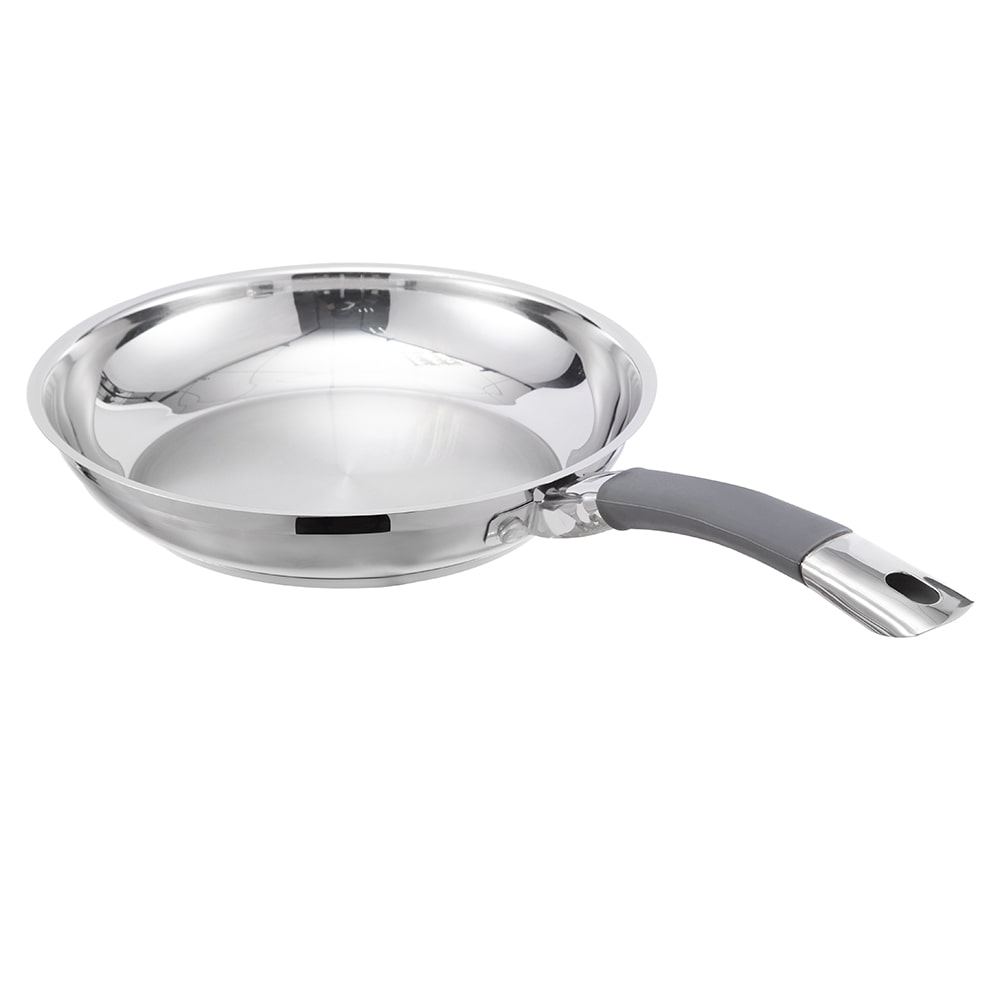In the realm of commercial and home kitchens, the stockpot is a foundational vessel, essential for tasks ranging from preparing large batches of soup and stew to boiling pasta and blanching vegetables. When selecting this crucial piece of cookware, the material composition is one of the most critical decisions that buyers, wholesalers, and chefs must make. The debate often centers on two primary materials: aluminum and stainless steel. While both have their merits, a clear preference for aluminum emerges when the application involves a non-stick aluminum stockpot with glass lid.
The Fundamental Role of Material in Cookware Performance
Before comparing aluminum and stainless steel directly, it is essential to understand how a material’s inherent properties dictate its performance on the stove. The primary function of a pot or pan is to transfer thermal energy from the heat source to the food evenly and efficiently. Two properties are paramount: thermal conductivity and heat capacity. Thermal conductivity refers to how quickly and uniformly heat moves through the material. A pot with high conductivity will heat up rapidly and distribute heat evenly across its bottom and sides, preventing hot spots that can cause food to burn in one area while remaining undercooked in another. Heat capacity, on the other hand, is the material’s ability to store thermal energy. A material with high heat capacity will respond slowly to changes in temperature, providing stable, consistent heat once it reaches the desired temperature. Understanding these principles is the first step in appreciating why aluminum is the preferred foundation for a non-stick aluminum stockpot with glass lid.
The Inherent Advantages of Aluminum for Stockpot Design
Aluminum, as a pure metal, possesses exceptional thermal conductivity. It responds almost instantaneously to changes in the heat source, allowing for precise temperature control. When a chef reduces the flame under an aluminum pot, the pot cools down almost as quickly, providing immediate feedback and preventing food from overcooking. This responsiveness is a significant advantage in applications requiring careful heat management, such as making delicate sauces or melting chocolate. Furthermore, aluminum’s ability to distribute heat evenly is unmatched by most other common cookware metals. This even distribution is crucial in a stockpot, where a large volume of food needs to be heated uniformly. The prevalence of hot spots is minimized, ensuring that all ingredients cook at the same rate, which is a key factor in achieving consistent culinary results batch after batch. For a non-stick aluminum stockpot with glass lid, this even heating also protects the non-stick coating, as concentrated intense heat can degrade the coating over time.
Another significant advantage is aluminum’s light weight. A large-capacity stockpot made from stainless steel can be exceedingly heavy, especially when filled with several gallons of liquid. An aluminum pot of the same capacity is far easier to maneuver, lift, and pour. This ergonomic benefit reduces strain on kitchen staff and makes the cookware more accessible for a wider range of users. This combination of superior heat transfer and manageable weight makes aluminum a functionally superior material for the core body of a stockpot.
Why Stainless Steel Presents Challenges for Non-Stick Applications
Stainless steel is an alloy composed primarily of iron, chromium, and nickel. It is highly prized in professional kitchens for its remarkable durability, corrosion resistance, and inert cooking surface. However, these benefits come with a significant trade-off: stainless steel has very poor thermal conductivity. On its own, a stainless steel pot heats unevenly and is slow to respond to temperature changes. To overcome this fundamental flaw, manufacturers often employ a cladding process, creating a multi-ply structure where a core of aluminum or copper is sandwiched between layers of stainless steel. While this solves the heat distribution problem, it introduces complexity and considerably increases the cost.
When considering a non-stick application, the challenges with stainless steel become more pronounced. The primary appeal of a non-stick aluminum stockpot with glass lid is its effortless food release and easy cleaning. The performance of any non-stick coating is heavily dependent on the consistent and predictable heat delivery from the underlying metal. If the substrate has poor or uneven heat distribution, the non-stick coating can be subjected to thermal stress, potentially leading to premature failure. Furthermore, the high cost of producing a fully-clad, multi-ply stainless steel pot with a non-stick interior is often difficult to justify. The non-stick surface is a consumable component—it will eventually wear out with heavy use—while the stainless steel body is nearly indestructible. This creates a product with a high initial cost and a limited lifespan on its primary functional surface, which is a less attractive proposition for both commercial buyers and consumers seeking commercial kitchen equipment.
The Perfect Synergy: Aluminum and Non-Stick Coatings
The marriage of aluminum and non-stick technology is a testament to functional design. Aluminum’s excellent heat conduction ensures that the non-stick coating performs optimally from the moment it is heated. The even heat distribution prevents localized overheating, which is a common cause of non-stick coating degradation. This synergy directly translates to the key benefits that buyers look for in a non-stick stockpot for sale: effortless food release, minimal need for cooking oils, and straightforward cleanup. The easy clean kitchenware market is vast, and a well-made non-stick aluminum stockpot with glass lid sits squarely at its center, largely because of this material-coating compatibility.
Moreover, the manufacturing process for applying non-stick coatings to aluminum is well-established and cost-effective. Aluminum can be easily cast or spun into various shapes, creating a seamless cooking vessel that provides an ideal surface for coating application. This efficiency in production allows manufacturers to offer high-performance non-stick aluminum stockpot with glass lid products at a very competitive price point for bulk purchase, making them an excellent inventory choice for wholesalers and retailers. The combination of low initial cost and high performance drives volume sales in this category.
Addressing Common Concerns About Aluminum Cookware
A discussion about aluminum cookware would be incomplete without addressing the historical concerns regarding health and durability. The health question often arises from a misunderstanding of aluminum’s reactivity. While pure aluminum can react with acidic or alkaline foods, modern non-stick aluminum stockpot with glass lid products are engineered to eliminate this concern entirely. The non-stick coating acts as a completely inert, impermeable barrier between the aluminum core and the food. As long as the coating remains intact, there is no contact between the food and the aluminum, making the cookware perfectly safe for all types of ingredients. This makes it a leading choice for PFOA free non-stick cookware.
Regarding durability, it is true that pure aluminum is a relatively soft metal and can be susceptible to denting. However, manufacturers address this by using alloys or employing specific manufacturing techniques. Heavy gauge aluminum stockpots are designed to resist warping and denting under normal use. The hard-anodized aluminum process is another common solution, which electrochemically hardens the surface of the aluminum, making it significantly more durable, scratch-resistant, and non-reactive, even if the non-stick coating were to be compromised. This results in a long lasting stockpot that combines the best properties of both worlds: the superior heat conduction of aluminum and the resilience of a hardened surface.
The Functional Value of the Glass Lid
While the pot’s body is the workhorse, the lid plays a critical supporting role. The tempered glass lid featured on most high-quality models is not merely an aesthetic choice; it provides significant functional benefits. It allows the user to monitor the cooking process without removing the lid, which helps to maintain a consistent internal temperature and conserve energy. The loss of heat and steam every time a lid is lifted can significantly increase cooking times and alter the outcome of a recipe. A common feature is a steam vent hole in the lid, which allows for a controlled release of pressure, preventing boil-overs—a common issue when cooking starchy foods like pasta or potatoes. This combination of visibility and functionality makes the non-stick aluminum stockpot with glass lid a highly practical tool for both professional and home kitchens, aligning with the demand for versatile kitchen pots.
Comparative Analysis: Aluminum vs. Stainless Steel for Non-Stick Stockpots
The following table provides a concise, side-by-side comparison of the key attributes relevant to a non-stick stockpot, summarizing the analysis presented in this article.
| Feature |
Aluminum Stockpot (Non-Stick) |
Stainless Steel Stockpot (Non-Stick) |
| Thermal Conductivity |
Excellent. Heats quickly and evenly, preventing hot spots. |
Poor on its own. Requires an aluminum/copper core, adding cost. |
| Responsiveness |
High. Allows for precise and immediate temperature control. |
Low. Slow to heat up and cool down. |
| Weight |
Lightweight. Easy to handle, even in large capacities. |
Very heavy. Can be cumbersome when filled. |
| Durability |
Good, especially in heavy-gauge or hard-anodized versions. Can dent if abused. |
Excellent. Highly resistant to dents, scratches, and corrosion. |
| Cost-Effectiveness |
High. Offers superior performance at a lower cost, ideal for volume sales. |
Lower. High performance requires a high-cost multi-ply construction. |
| Compatibility with Non-Stick |
Ideal. Even heat protects the coating and ensures consistent performance. |
Good only if multi-ply. Poor heat distribution in single-ply can damage coating. |
| Ease of Cleaning |
Excellent, due to the non-stick surface. |
Excellent, due to the non-stick surface. |
| Primary Market Appeal |
Restaurant supply stores, home kitchen upgrades, catering businesses. |
High-end consumers who prioritize durability over heat response, willing to pay a premium. |
Conclusion: A Clear Choice for Performance and Value
The evidence from material science, functional performance, and economic viability points overwhelmingly to aluminum as the preferred choice for a non-stick aluminum stockpot with glass lid. While stainless steel is an outstanding material for many types of cookware, its inherent properties are not optimally aligned with the core requirements of a non-stick vessel. The poor thermal conductivity of stainless steel is a fundamental flaw that can only be overcome through complex and expensive cladding processes, which in turn creates a product that is often over-engineered for a surface that has a finite lifespan.
Aluminum, in contrast, provides the exceptional, even heat distribution that non-stick coatings require to perform reliably and last longer. Its lightweight nature enhances user safety and comfort, and its cost-effectiveness makes it an attractive option for bulk purchasing and a wide range of market segments, from catering businesses to home kitchen upgrades. When combined with a durable, PFOA-free non-stick interior and a practical tempered glass lid, the non-stick aluminum stockpot with glass lid stands as a perfectly optimized tool. It delivers on the promises of effortless cooking, easy cleanup, and consistent results, making it not just a preferred choice, but the logical one for wholesalers and buyers seeking to supply the most efficient and sought-after kitchen tools.
 No. 1, Jingwei Road, Yangcheng Lake Town, Xiangcheng District, Suzhou City, China
No. 1, Jingwei Road, Yangcheng Lake Town, Xiangcheng District, Suzhou City, China [email protected]
[email protected] +86-13913553688
+86-13913553688
 search
search
 中文简体
中文简体 English
English русский
русский Français
Français Español
Español 日本語
日本語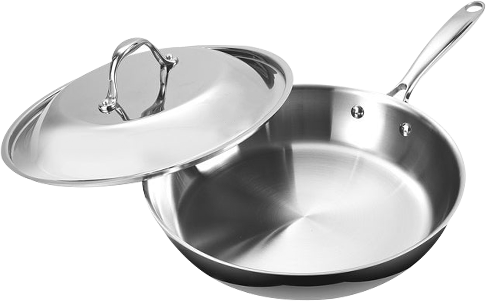
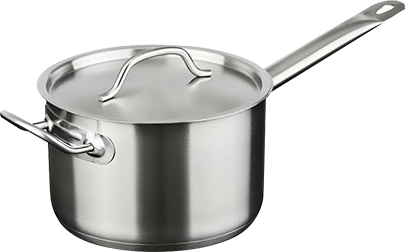
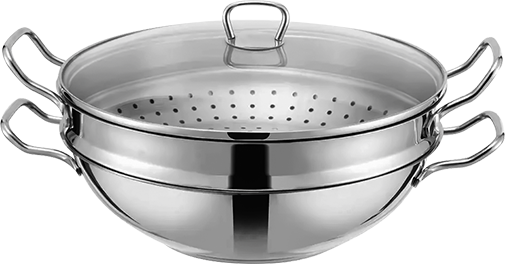
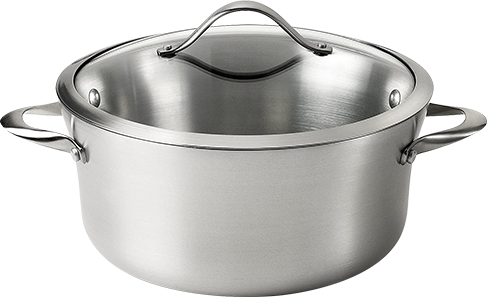
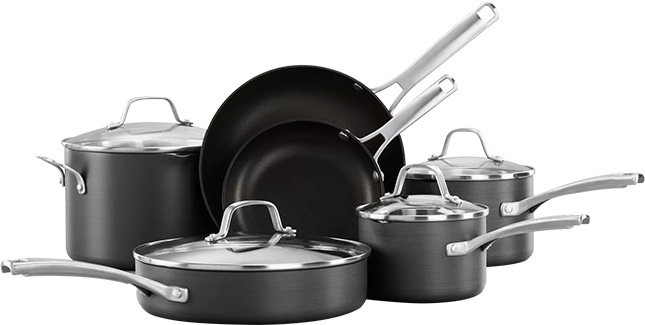


-4.jpg)
-1.jpg)
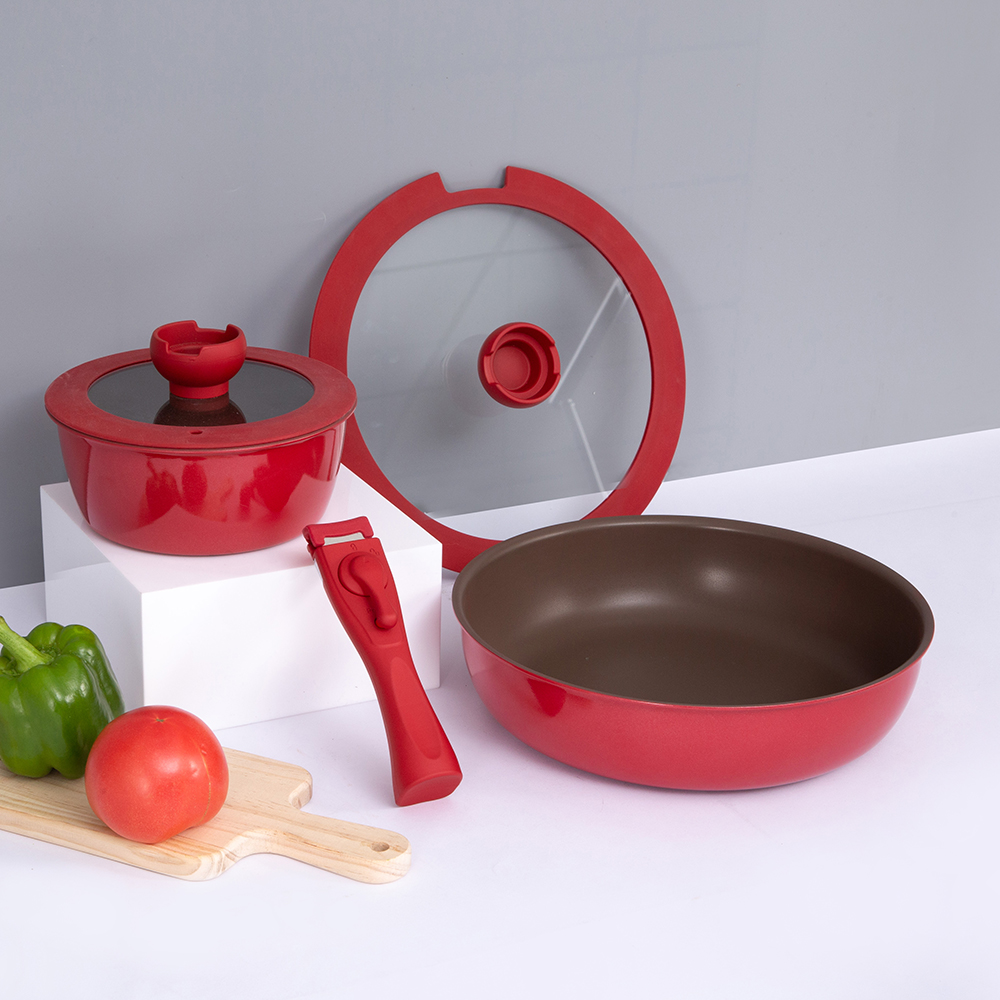
-3.jpg)
-5.jpg)
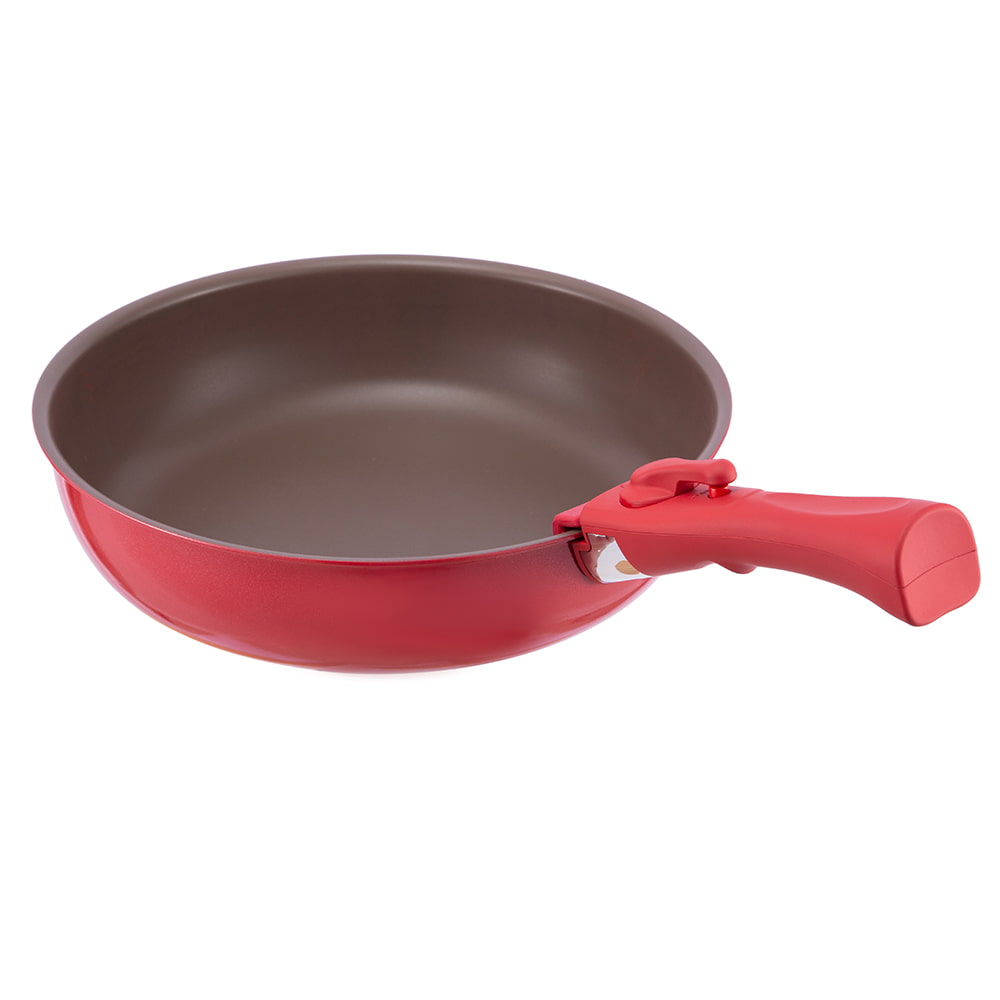
-3.jpg)
-9.jpg)
-3.jpg)
-14.jpg)
